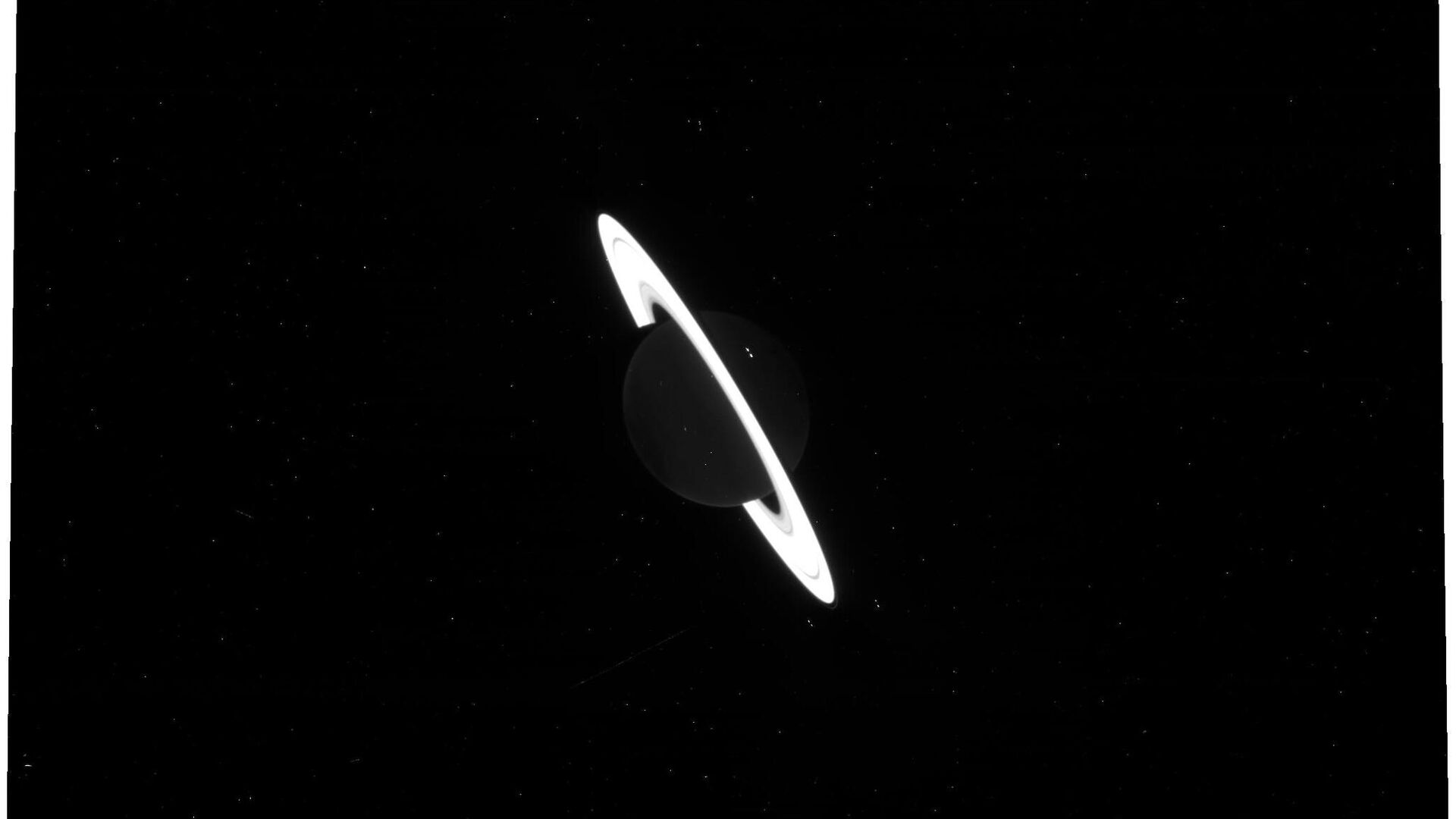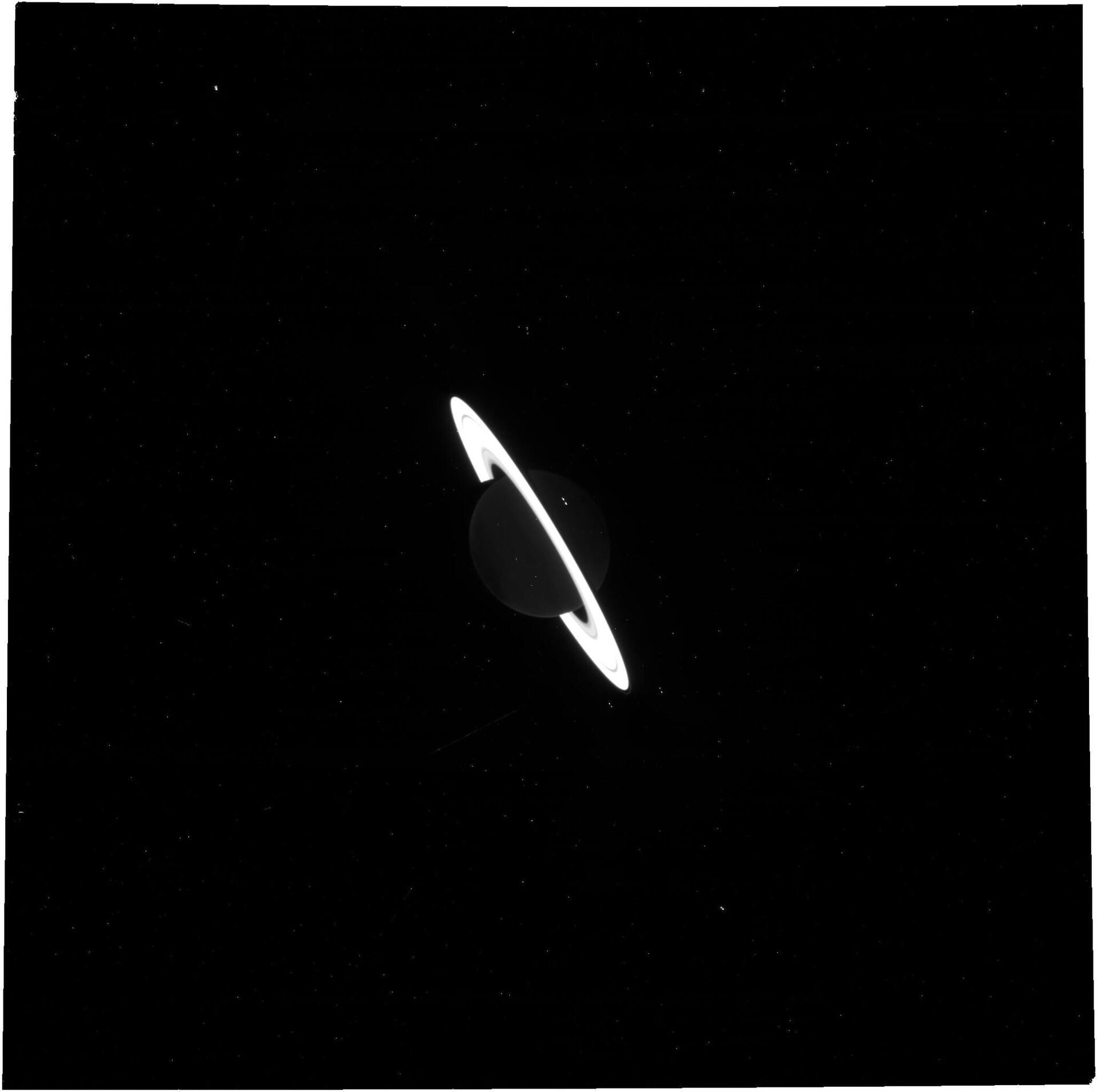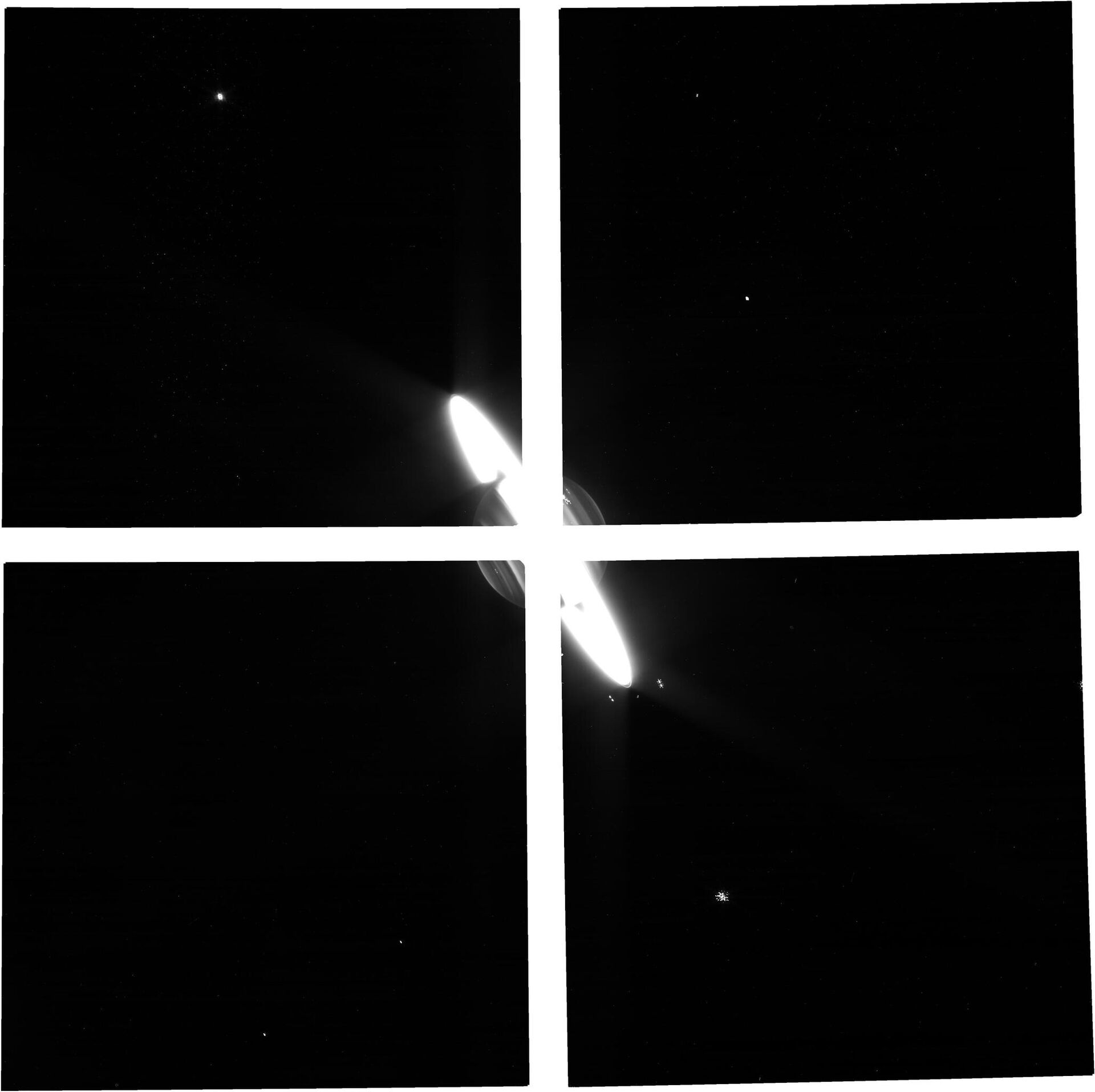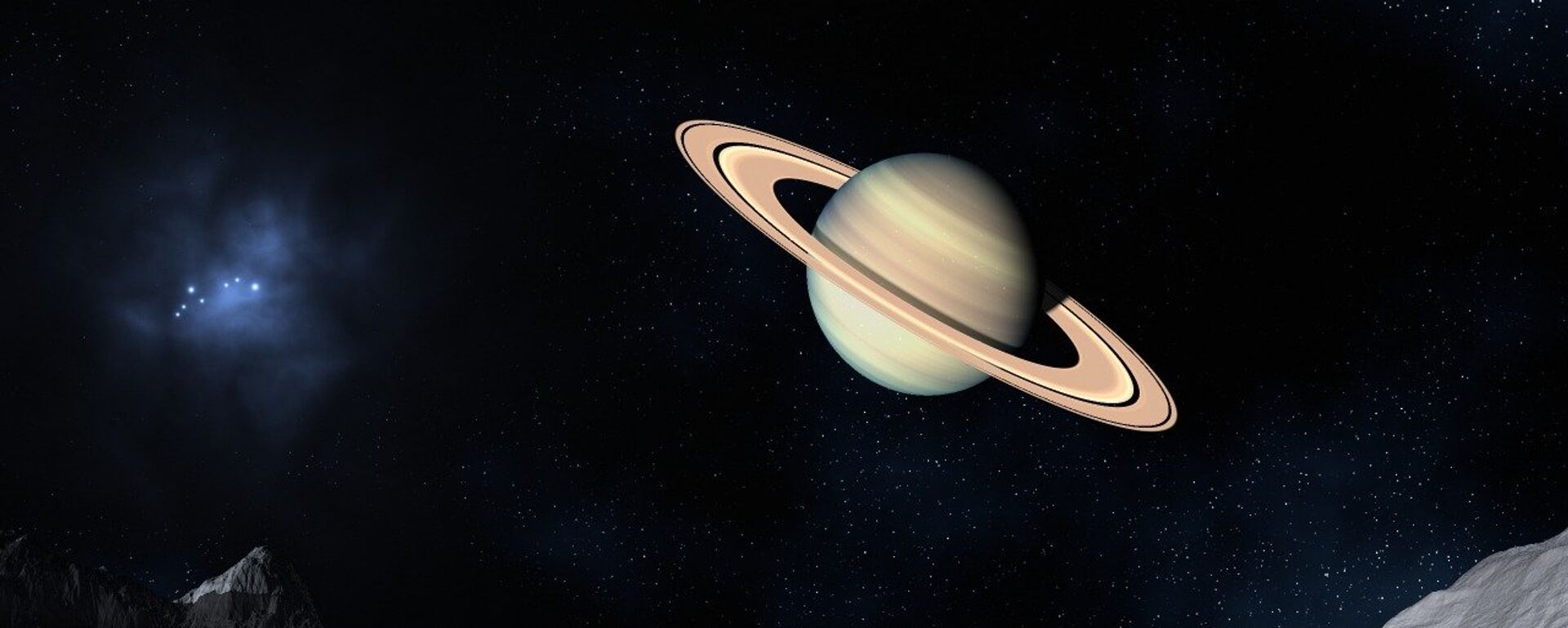https://sputnikglobe.com/20230627/webb-telescope-releases-raw-images-of-saturn-1111485070.html
Webb Telescope Releases Raw Images of Saturn
Webb Telescope Releases Raw Images of Saturn
Sputnik International
The James Webb Space Telescope released images of Saturn and its rings in a study designed to learn more about the rings and moons of the planet.
2023-06-27T00:48+0000
2023-06-27T00:48+0000
2023-06-27T00:47+0000
beyond politics
james webb
james webb space telescope
saturn
science & tech
https://cdn1.img.sputnikglobe.com/img/07e7/06/1b/1111484740_0:442:2055:1598_1920x0_80_0_0_f09aa0dfeafab257d1cb2459104efaf3.jpg
The James Webb Telescope unofficial feed has just released new raw images of Saturn, giving us a preview of what the world’s most powerful space telescope will soon reveal about the ringed planet.The final production will clean up the noise and colorize the images, giving us a better look at Saturn than we have ever gotten before.The images were taken using Webb’s Near Infrared Spectrograph (NIRSpec) instrument.Many of the images released show Saturn completely white, like a blob of white on an inky black background. But the more interesting images show Saturn’s rings lit up bright while Saturn itself remains a dark gray against the blackness of space.That likely has to do with the types of filters the telescope used, as Saturn and its rings emit infrared and near-infrared light at different wavelengths.Another image (or actually, a composite of four images) shows Saturn’s rings likewise glowing bright, while Saturn’s cloud bands are also visible.Planetary scientist Leigh Fletcher of the University of Leicester in the UK led the team who commissioned the work. Officials hope to use Webb’s NIRSpec instrument to learn more about Saturn’s rings and moons.Already this year, new discoveries have challenged what we thought we knew about Saturn and its many satellites. In May, 62 previously unknown satellites were discovered around Saturn, including some as small as 1.5 miles in diameter. Saturn now has 145 officially recognized moons in its orbit.
https://sputnikglobe.com/20230513/take-that-jupiter-saturn-wins-back-status-as-planet-with-most-moons-1110305743.html
saturn
Sputnik International
feedback@sputniknews.com
+74956456601
MIA „Rossiya Segodnya“
2023
News
en_EN
Sputnik International
feedback@sputniknews.com
+74956456601
MIA „Rossiya Segodnya“
Sputnik International
feedback@sputniknews.com
+74956456601
MIA „Rossiya Segodnya“
saturn, moons, rings, james webb space telescope
saturn, moons, rings, james webb space telescope
Webb Telescope Releases Raw Images of Saturn
The largest optical telescope in space, the James Webb Space Telescope was launched in late 2021 and started transmitting images in July 2022.
The James Webb Telescope unofficial feed has just released new raw images of Saturn, giving us a preview of what the world’s most powerful space telescope will soon reveal about the ringed planet.
The final production will clean up the noise and colorize the images, giving us a better look at Saturn than we have ever gotten before.
The images were taken using Webb’s Near Infrared Spectrograph (NIRSpec) instrument.
Many of the images released show Saturn completely white, like a blob of white on an inky black background. But the more interesting images show Saturn’s rings lit up bright while Saturn itself remains a dark gray against the blackness of space.
That likely has to do with the types of filters the telescope used, as Saturn and its rings emit infrared and near-infrared light at different wavelengths.
Another image (or actually, a composite of four images) shows Saturn’s rings likewise glowing bright, while Saturn’s cloud bands are also visible.
Planetary scientist Leigh Fletcher of the University of Leicester in the UK led the team who commissioned the work. Officials hope to use Webb’s NIRSpec instrument to learn more about Saturn’s rings and moons.
Already this year, new discoveries have challenged what we thought we knew about Saturn and its many satellites. In May, 62 previously unknown satellites were discovered around Saturn, including some as small as 1.5 miles in diameter. Saturn now has 145 officially recognized moons in its orbit.





